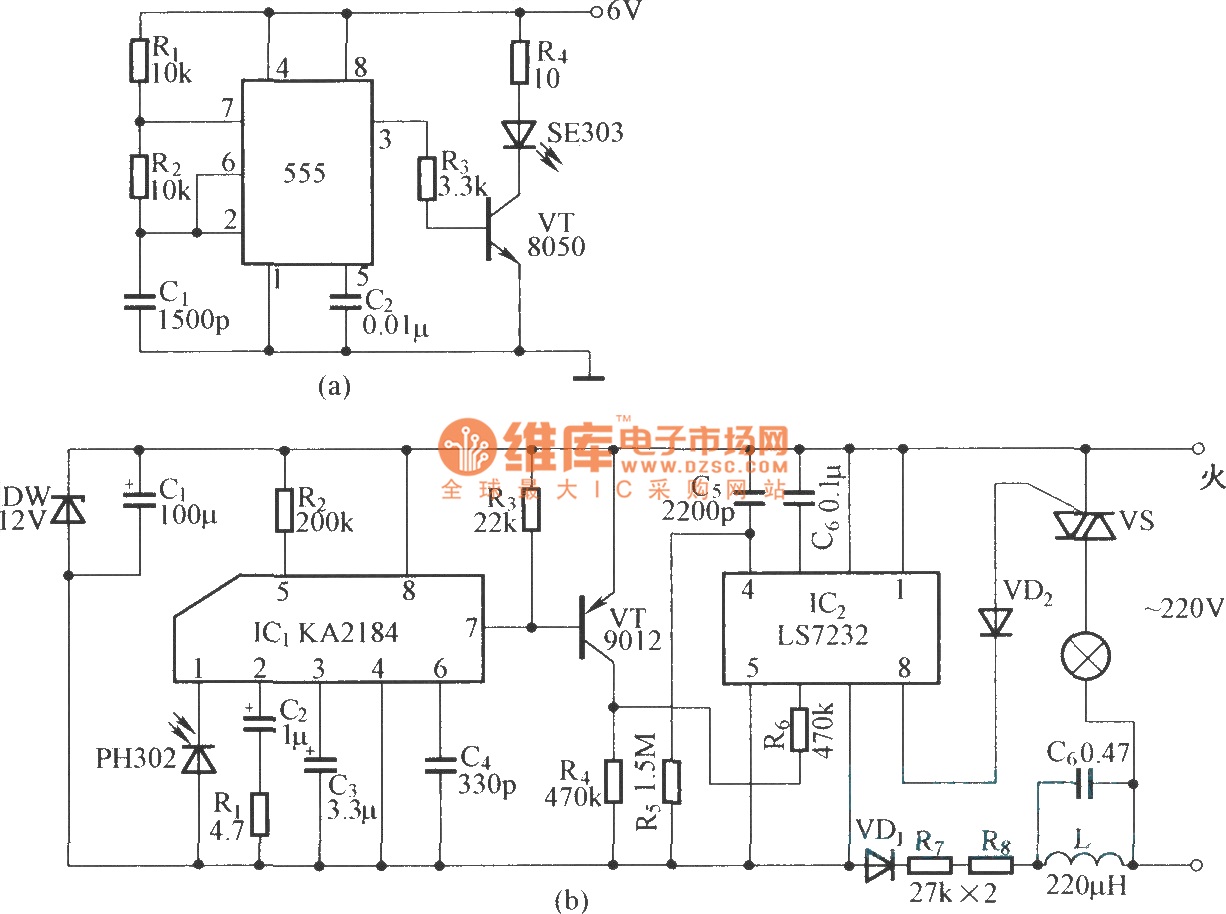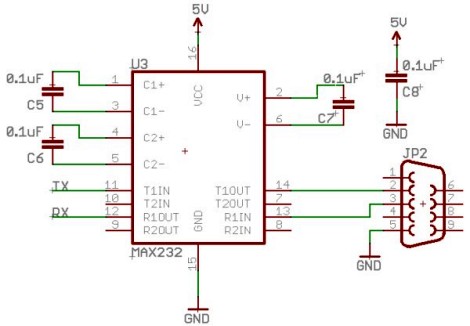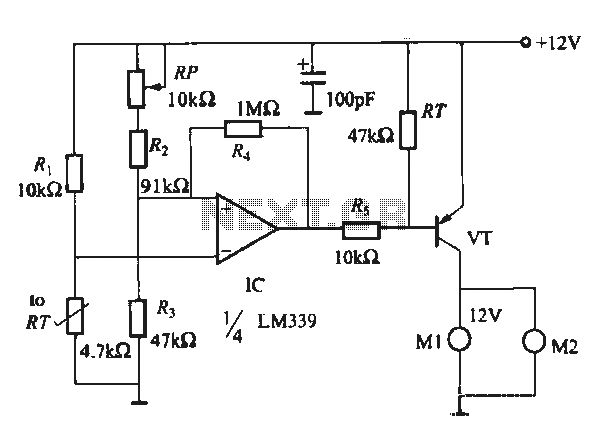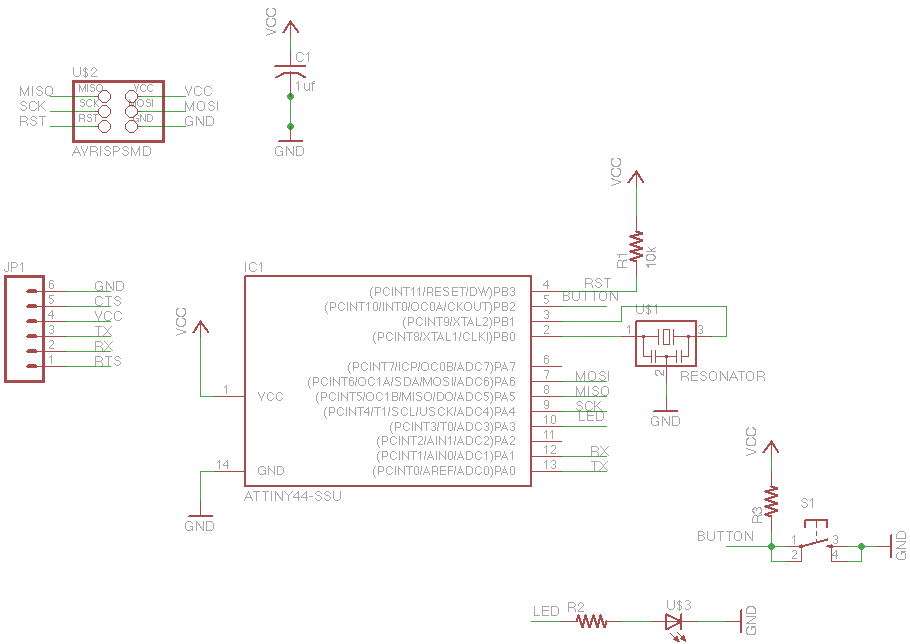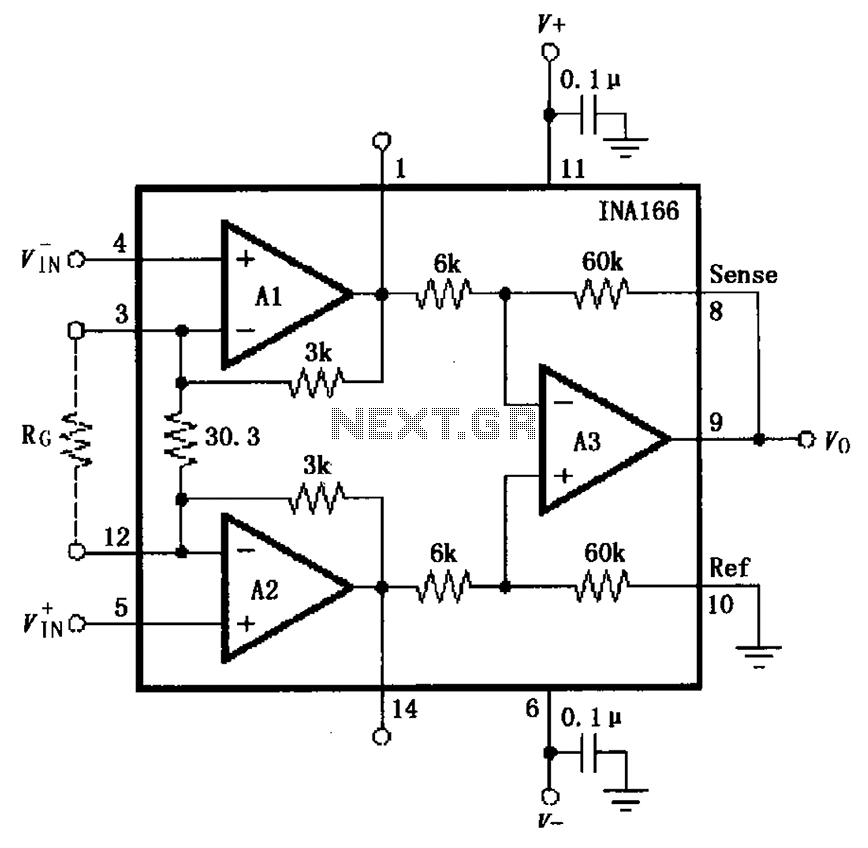
Is it possible to use an NPN transistor to control a 5V power supply from Arduino
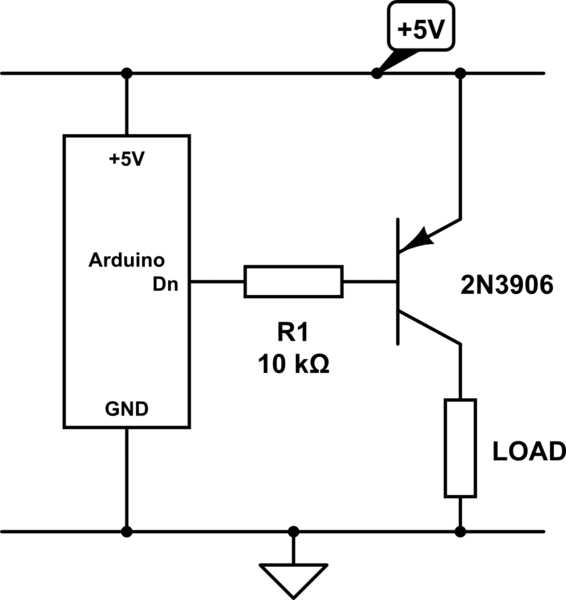
The emitter will consistently be a few hundred millivolts lower than the base voltage in this configuration. With the base voltage set at 5V, the emitter voltage is likely to be around 4.5V, depending on the current drawn by the connected circuit. Although the collector voltage remains at 5V, using a PNP transistor with the emitter connected to 5V can achieve a collector voltage close to 5V, with only a potential drop of about 10 to 20 millivolts. A P-channel FET is recommended for better performance, as it can achieve even lower voltage loss, typically just a couple of millivolts. This FET can be directly driven by a 5V logic supply at its gate, with the source connected to the incoming 5V and the output taken from the drain.
In this circuit configuration, the use of a PNP transistor or a P-channel FET is critical for efficient voltage regulation and switching. The PNP transistor operates by allowing current to flow from the emitter to the collector when the base is sufficiently forward-biased. The voltage drop across the emitter junction results in a lower emitter voltage compared to the base, which is a characteristic of bipolar junction transistors (BJTs). This voltage drop can affect the performance of the circuit, especially in precision applications.
On the other hand, the P-channel FET provides several advantages over the PNP transistor. Due to its field-effect operation, the P-channel FET exhibits higher input impedance, which minimizes the loading effect on preceding stages. When driven by a 5V logic level, the gate voltage controls the conductivity of the channel between the source and drain. The source is connected to the 5V supply, while the output is taken from the drain, allowing for efficient switching with minimal voltage drop. The low on-resistance of modern P-channel FETs further enhances efficiency, making them suitable for applications requiring high current capacity with minimal power loss.
In summary, the design choice between a PNP transistor and a P-channel FET depends on the specific requirements of the application, including voltage levels, current handling, and desired efficiency. The careful consideration of these factors will lead to optimal circuit performance and reliability.The emitter is always going to be a few hundred milli volts behind the base voltage (in this type of configuration) and as the base voltage is 5V, depending on how much current is taken by the "switched" circuit" on the emitter, it is more likely to be 4. 5V despite the collector being at 5V. However, if you used a PNP transistor with the emitter b eing fed by the 5V there is a fairly good chance that you can attain 5V (less maybe 10 or 20 millivolts) on the collector (load side) without much hassle. Better still use a P channel FET because this will do a slightly better job (maybe only a couple of millivolts "lost") and it can be fed directly from a 5V logic supply to its gate.
Source will connect to incoming 5V and output will be on drain. 🔗 External reference
In this circuit configuration, the use of a PNP transistor or a P-channel FET is critical for efficient voltage regulation and switching. The PNP transistor operates by allowing current to flow from the emitter to the collector when the base is sufficiently forward-biased. The voltage drop across the emitter junction results in a lower emitter voltage compared to the base, which is a characteristic of bipolar junction transistors (BJTs). This voltage drop can affect the performance of the circuit, especially in precision applications.
On the other hand, the P-channel FET provides several advantages over the PNP transistor. Due to its field-effect operation, the P-channel FET exhibits higher input impedance, which minimizes the loading effect on preceding stages. When driven by a 5V logic level, the gate voltage controls the conductivity of the channel between the source and drain. The source is connected to the 5V supply, while the output is taken from the drain, allowing for efficient switching with minimal voltage drop. The low on-resistance of modern P-channel FETs further enhances efficiency, making them suitable for applications requiring high current capacity with minimal power loss.
In summary, the design choice between a PNP transistor and a P-channel FET depends on the specific requirements of the application, including voltage levels, current handling, and desired efficiency. The careful consideration of these factors will lead to optimal circuit performance and reliability.The emitter is always going to be a few hundred milli volts behind the base voltage (in this type of configuration) and as the base voltage is 5V, depending on how much current is taken by the "switched" circuit" on the emitter, it is more likely to be 4. 5V despite the collector being at 5V. However, if you used a PNP transistor with the emitter b eing fed by the 5V there is a fairly good chance that you can attain 5V (less maybe 10 or 20 millivolts) on the collector (load side) without much hassle. Better still use a P channel FET because this will do a slightly better job (maybe only a couple of millivolts "lost") and it can be fed directly from a 5V logic supply to its gate.
Source will connect to incoming 5V and output will be on drain. 🔗 External reference
